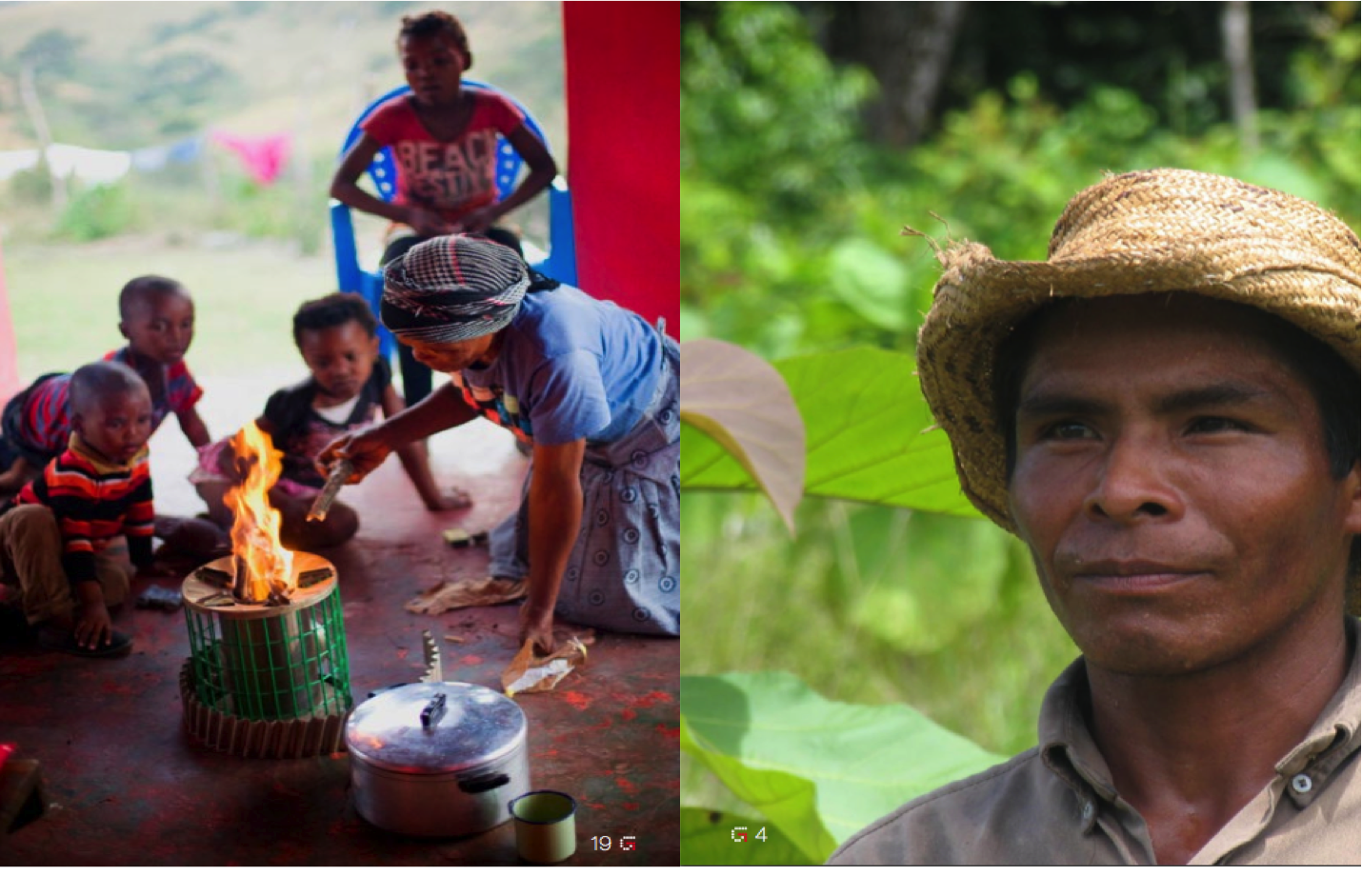In the last six months two international organisations have published reports on the monetary value of ”co-benefits” from carbon offset projects. Co-benefits are impacts that are good for people and the planet, over and above the greenhouse gas emission reductions, such as new jobs created, forest conserved, health improvements, household savings and clean water delivered
The results from the two studies are rather different: $664 per tonne offset in the ICROA study and $21-$177 per tonne in the Gold Standard study. Whilst it would be wonderful to believe in the ICROA numbers, the Gold Standard valuation seems more credible to me today.
So what explains the different figures?
The difference is mostly in the figures for environmental benefit. Whereas ICROA valued the benefits from “natural habitat conserved” at $602 per tonne offset, the Gold Standard study didn’t even attempt to value biodiversity benefits from some types of projects, citing “lack of data”. Theirs was the more conservative approach.
Which types of carbon project create the greatest value?
From the Gold Standard report we learn that the co-benefits of different types of projects vary considerably. It’s forestry projects that generate the highest value in co-benefits ($177 per offset), followed by efficient cookstove and household water projects. Gold Standard wind and biogas projects create co-benefits, but their value is much lower.
As any economist might expect, the variation in the value created by different types of projects is reflected in the prices: carbon offsets from forestry projects cost more than those from wind projects. So it seems that the market has understood – if you pay more per credit, then you’re creating greater value for people and the planet.

 Gästbloggare
Gästbloggare

